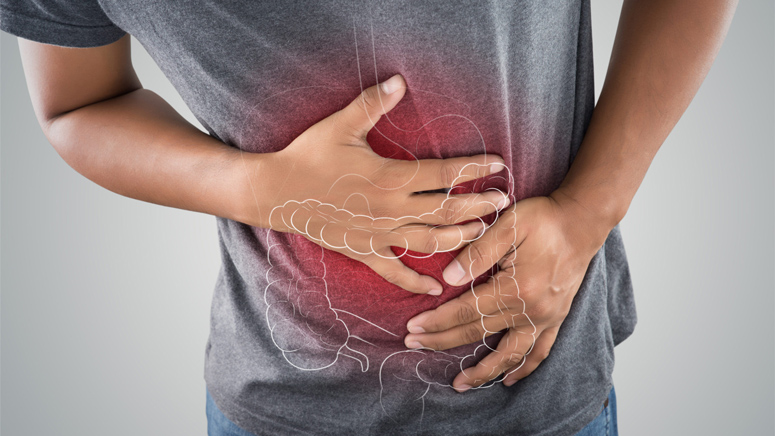Inflammation along the lining of your intestine or rectum is a symptom of ulcerative colitis. Ulcers are painful sores that result from this irritation.
The following list of ulcerative colitis symptoms:
- constipation [1]
- abdominal discomfort
- cramping
Usually, it is discovered in people between the ages of 15 and 30 or between 50 and 70.
Endoscopy combined with a tissue biopsy is the only method to be certain that you have ulcerative colitis.
A long flexible tube with a camera is inserted into your mouth during endoscopic treatments to examine your colon. A tissue biopsy is when a physician takes a small piece of tissue for laboratory examination.
A doctor would probably advise an endoscopy along with a blood test and stool sample to rule out other illnesses that have similar symptoms. Imaging methods such as X-rays or CT scans might be employed in some circumstances.
We’ll go into great detail about the many tests used to diagnose ulcerative colitis in this article.
Diagnosis and Tests for Ulcerative Colitis

One of the two primary forms of inflammatory bowel disease (IBD), along with Crohn’s disease, is ulcerative colitis. These conditions’ symptoms can be hard to distinguish because they are similar.
Based on your symptoms, your doctor will determine whether you have ulcerative colitisTrusted Source, excluding infectious diseases and using supportive data from an endoscopy, tissue biopsy, and negative stool test.
To assist in the diagnosis of ulcerative colitis, two different endoscope tests may be used. Below, we’ll look more closely at these two tests.













